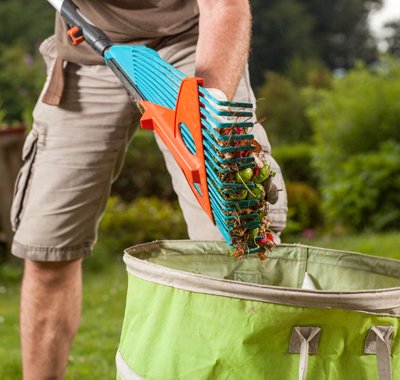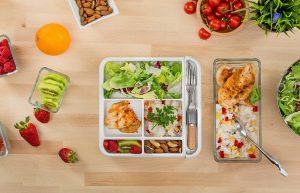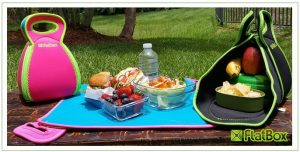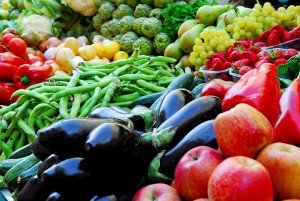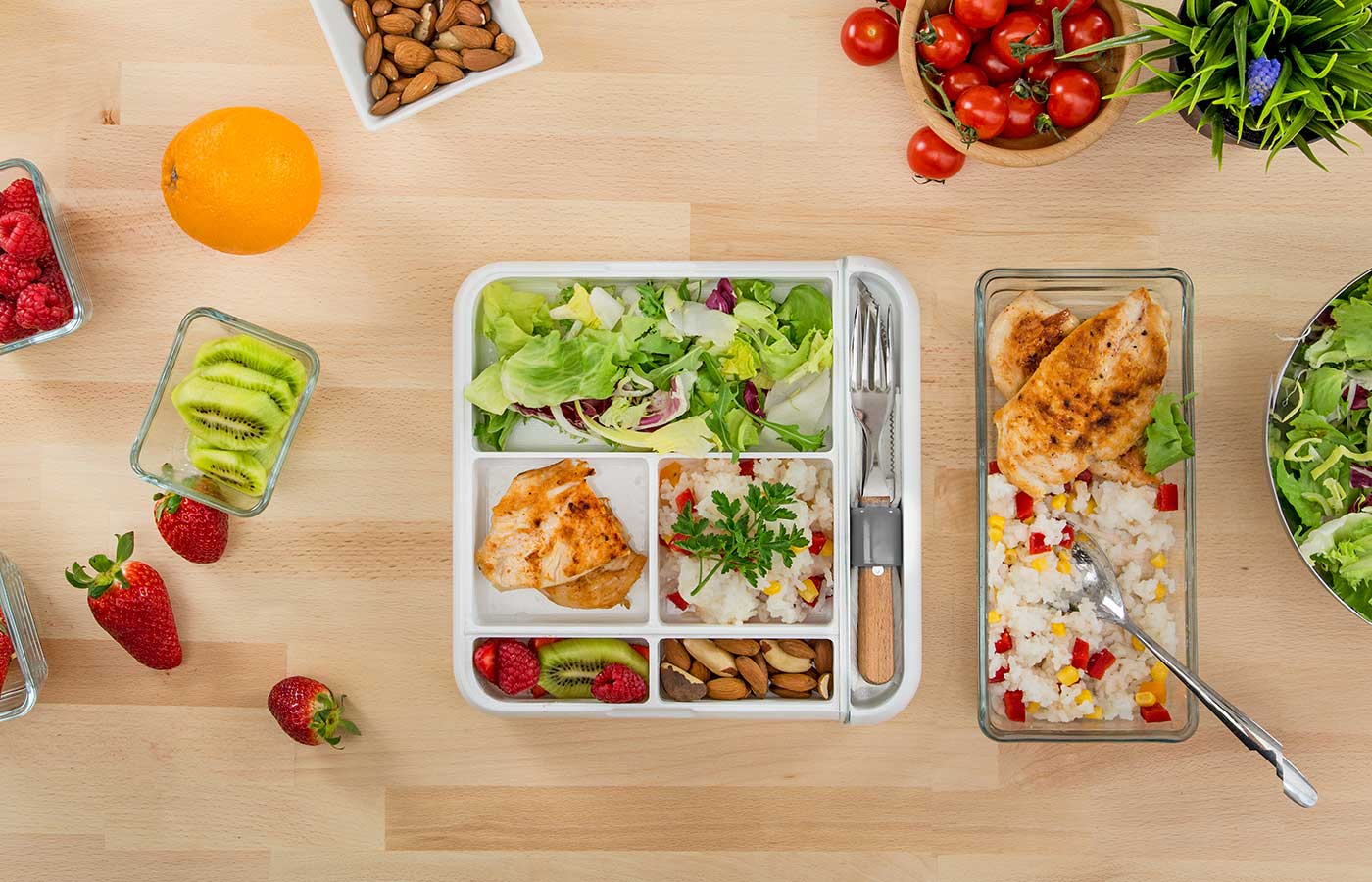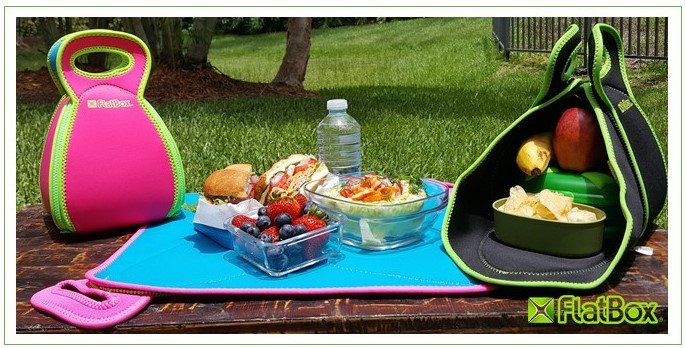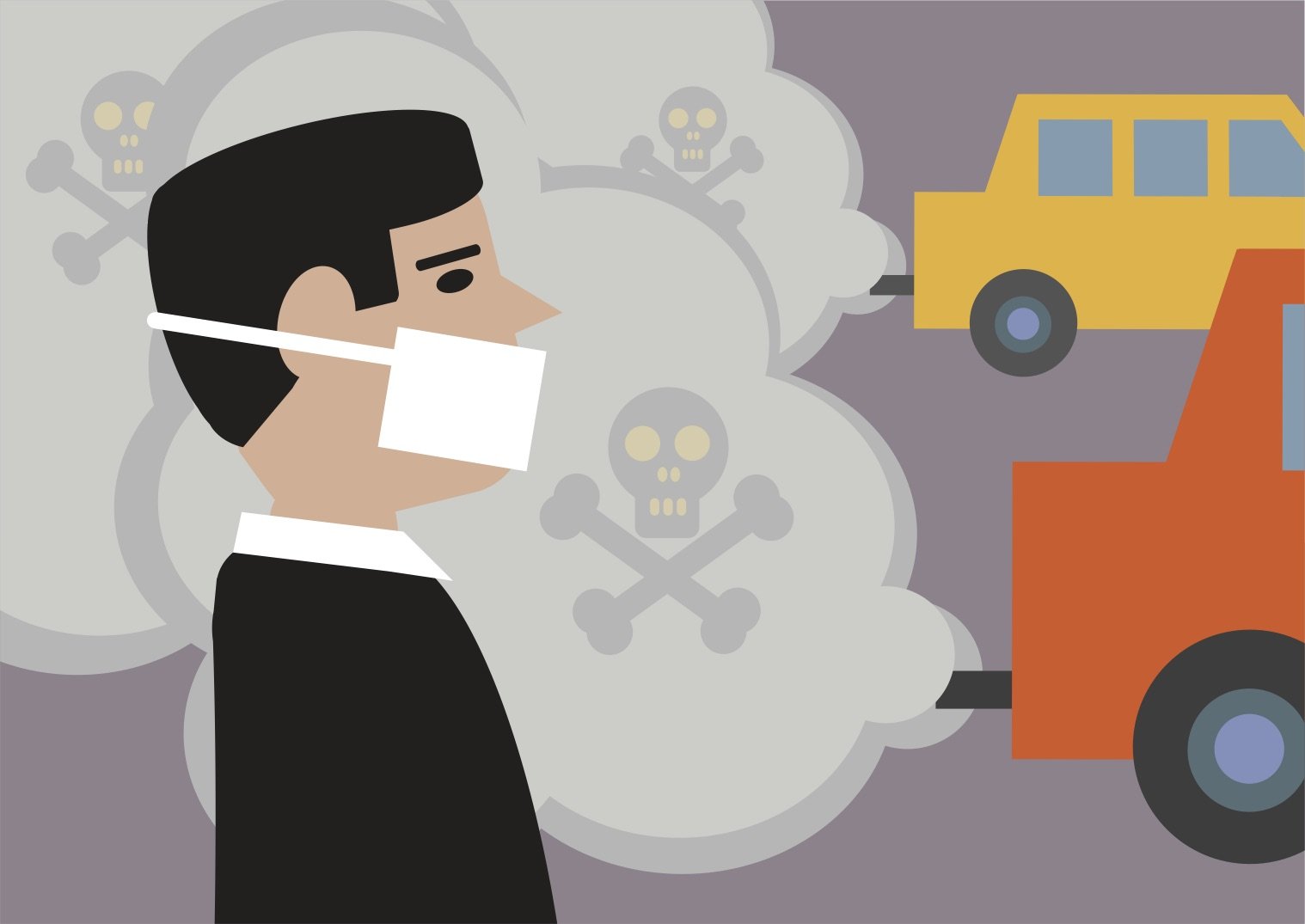For America Recycles Day, November 15, Maria Carter interviewed Lunchville.com’s Laurie Cleary about reycycling with her kids.
Recycling Tips for the Whole Family
Reprinted from AssociaLiving.com
By Maria Carter
Each year, Americans pack landfills to the gills with more than 200 million tons of garbage. We all play a part: A baby goes through 8,000 disposable diapers before becoming potty trained, the average student tosses 67 pounds of disposable lunch bags and utensils per school year, and the typical office worker uses two pounds of paper products daily. The good news? Earth-friendly habits begin at home, and with America Recycles Day on the horizon (Nov. 15), now is a great time to ramp up recycling within your own family.
It takes a bit of work to change your way of thinking, but ultimately you’ll teach your kids to consume responsibly and be better stewards of the planet, explains Laurie Cleary, owner of Lunchville.com, seller of nontoxic, waste-free lunch packaging gear, and recycling block captain of her neighborhood in Chicago’s 19th Ward. She suggests the following actions to get the whole gang involved in green living.
Explain resin codes. Young children often don’t know the difference between what is recyclable and what’s not. Cleary’s city’s recycling program provides magnets depicting the various types of accepted recyclables, but she suggests talking through the resin identification codes (RIC), the numbers on the bottom of products, too. As a general rule, codes 1 and 2 — plastics used for water bottles, milk jugs, laundry detergent containers and more — are safe, while the acceptance of codes 4 through 7 varies greatly. Check with your municipality or local recycling center to find out if these items are allowed.
Encourage trash thoughtfulness. Cleary, who has three children ages 8 to 13, asks them to pause at the trash can and consider whether or not they can instead recycle what they’re about to throw away; if not, could they have made a better choice by purchasing something with less packaging? (Cleary’s family avoids buying single-serve convenience foods with excessive, nonrecyclable packaging.) “It teaches them good character traits to use only what you need and to not buy more than you need,” she adds. “They develop a sense of what they’re contributing to landfills.”
Establish a routine. “My children are very familiar with the items that can be recycled and how to separate them from our regular garbage,” says Cleary, whose kids recycle old homework papers on a weekly basis and eliminate clutter by immediately recycling junk mail and gift wrap. Her oldest child is responsible for emptying the family’s recycling bin several times per week.
Get creative. For smaller children, incorporate re-purposing and “upcycling” into playtime. Cleary’s young daughters make “tacky binoculars” out of cardboard toilet-paper rolls and duct tape. Recyclable cardboard gets a second life as doll furniture after a little bit of glue and a coat of paint.
Think beyond manmade goods. Even half-eaten produce and food byproducts can avoid a fate in the trash. At Cleary’s house, eggshells get “recycled” into mulch for tomato plants and orange rinds go down the garbage disposal to clean the sink and make it smell better.

